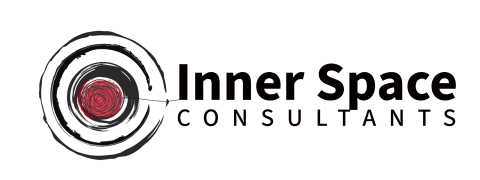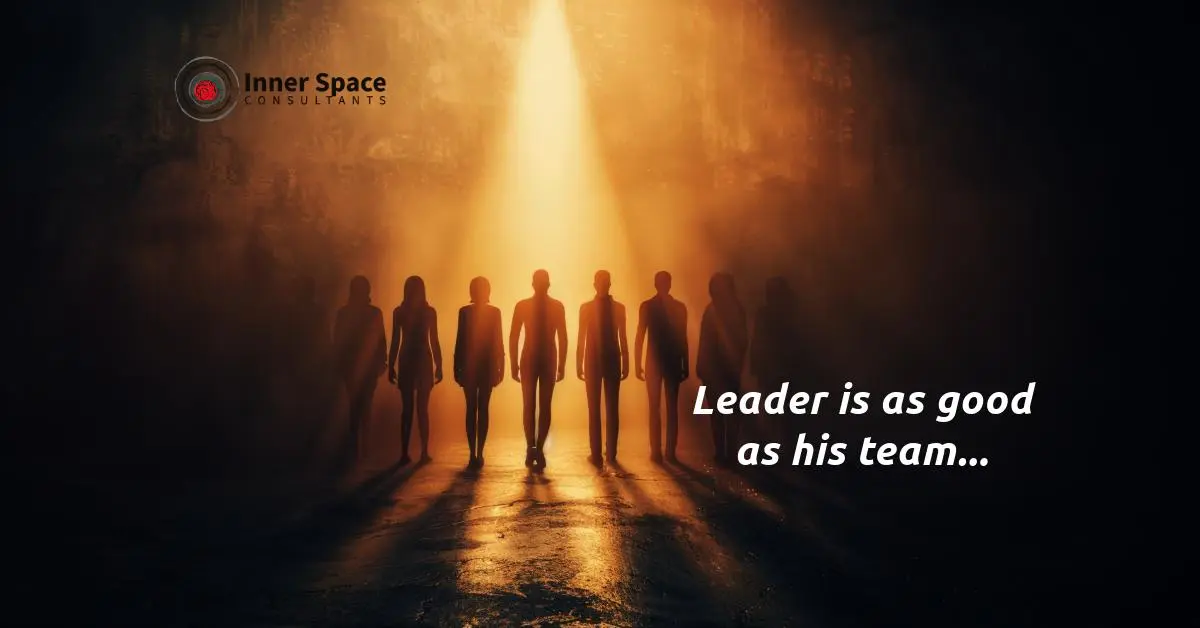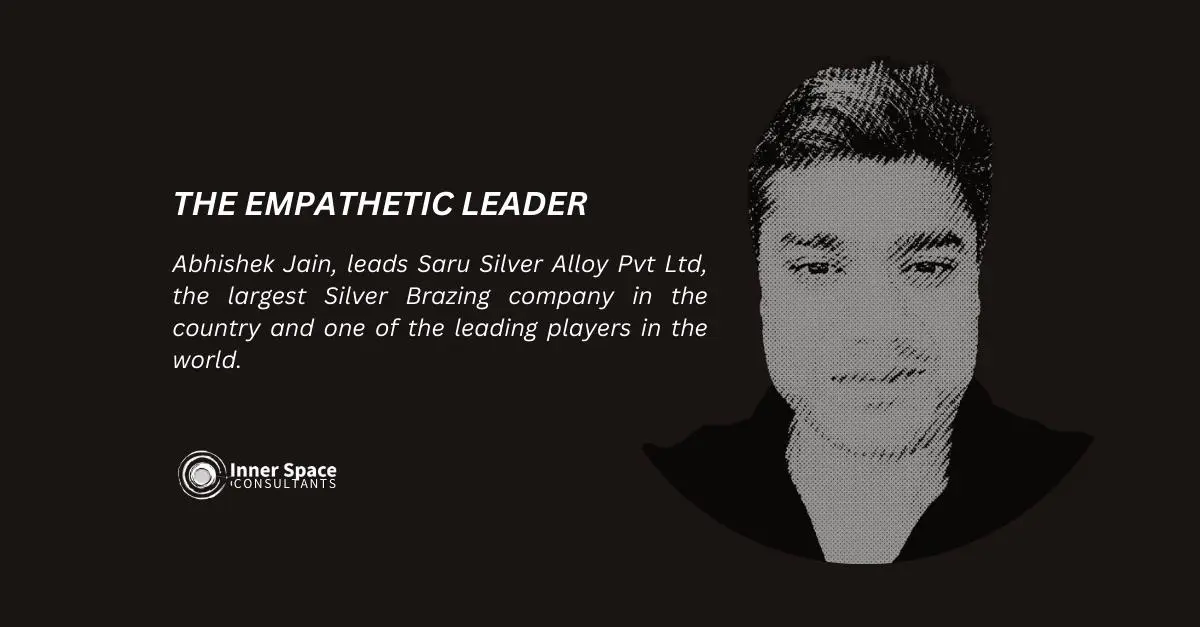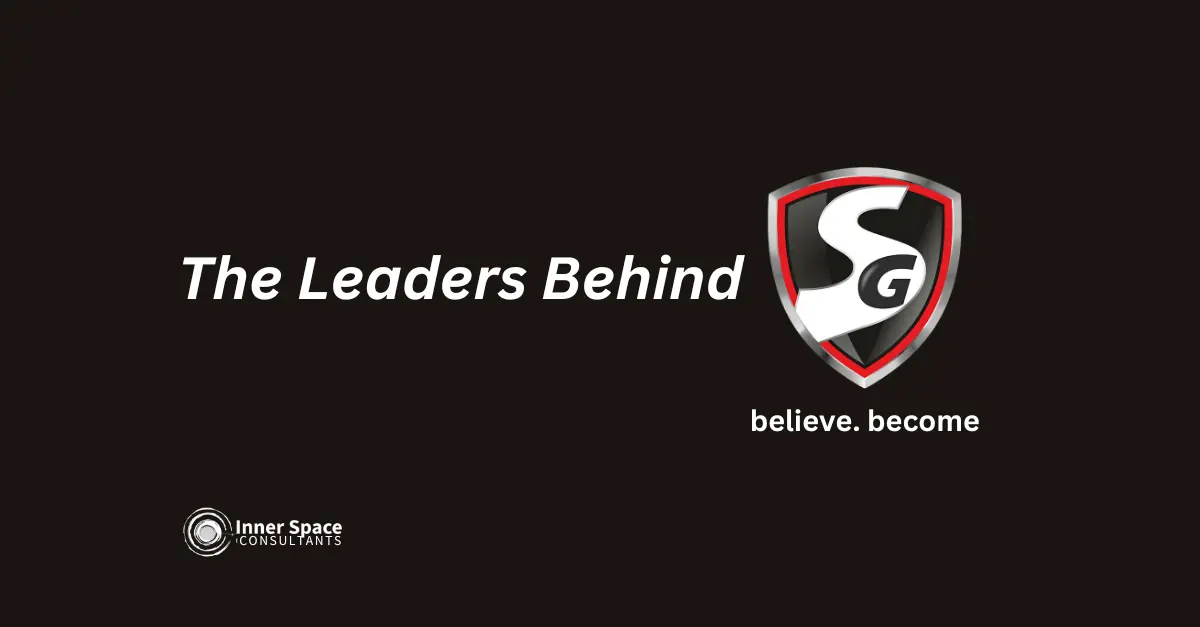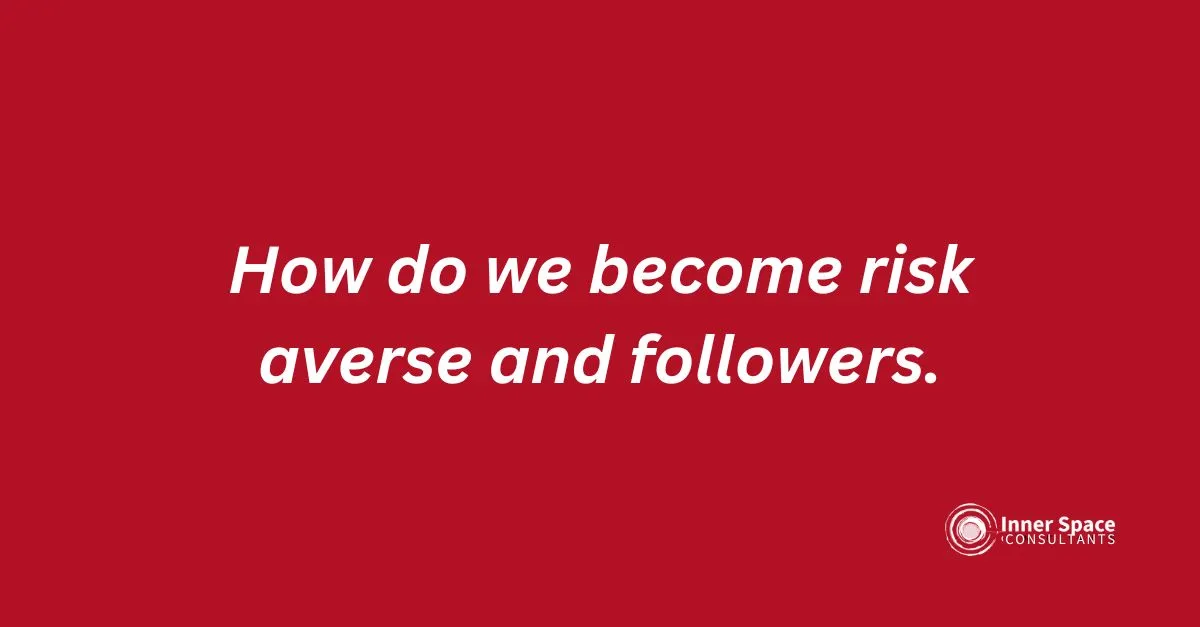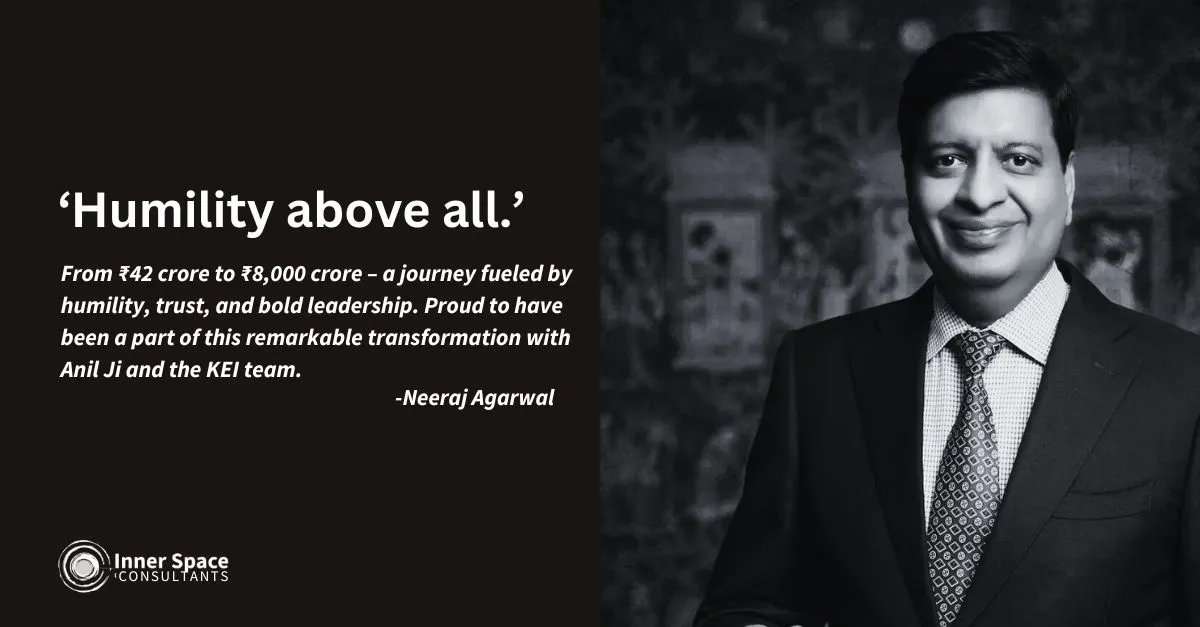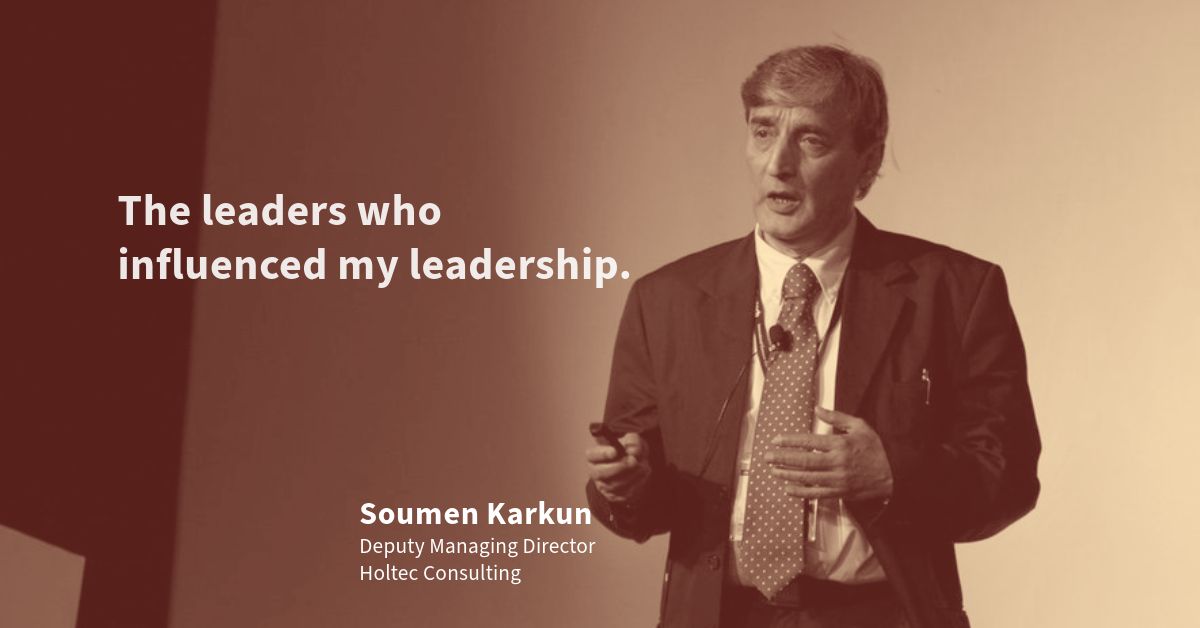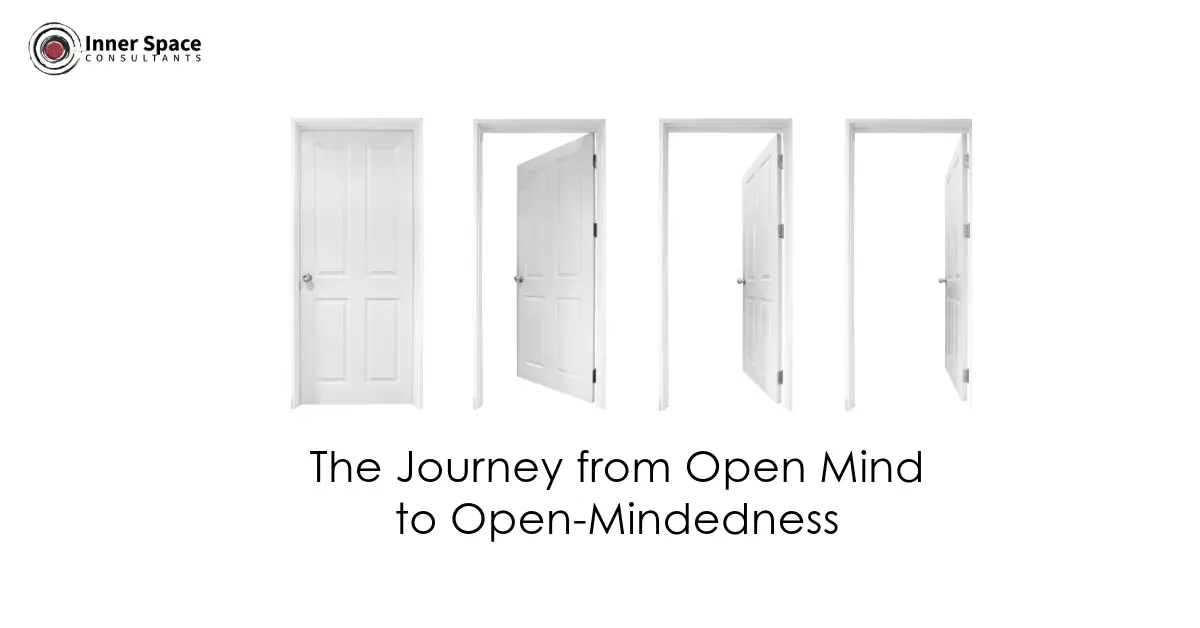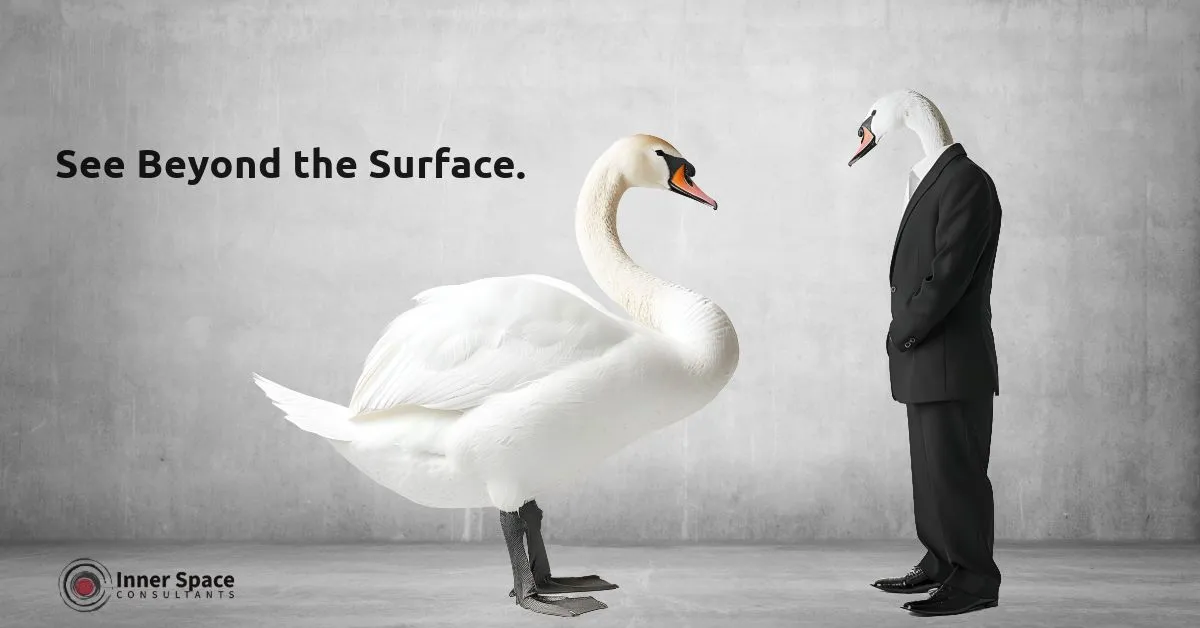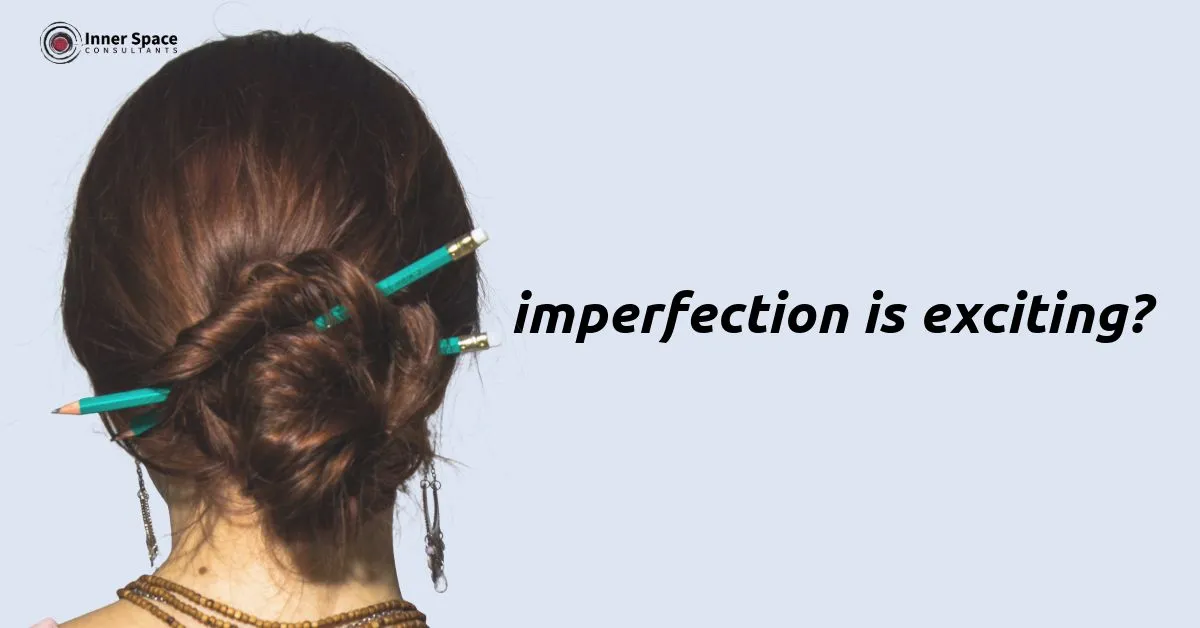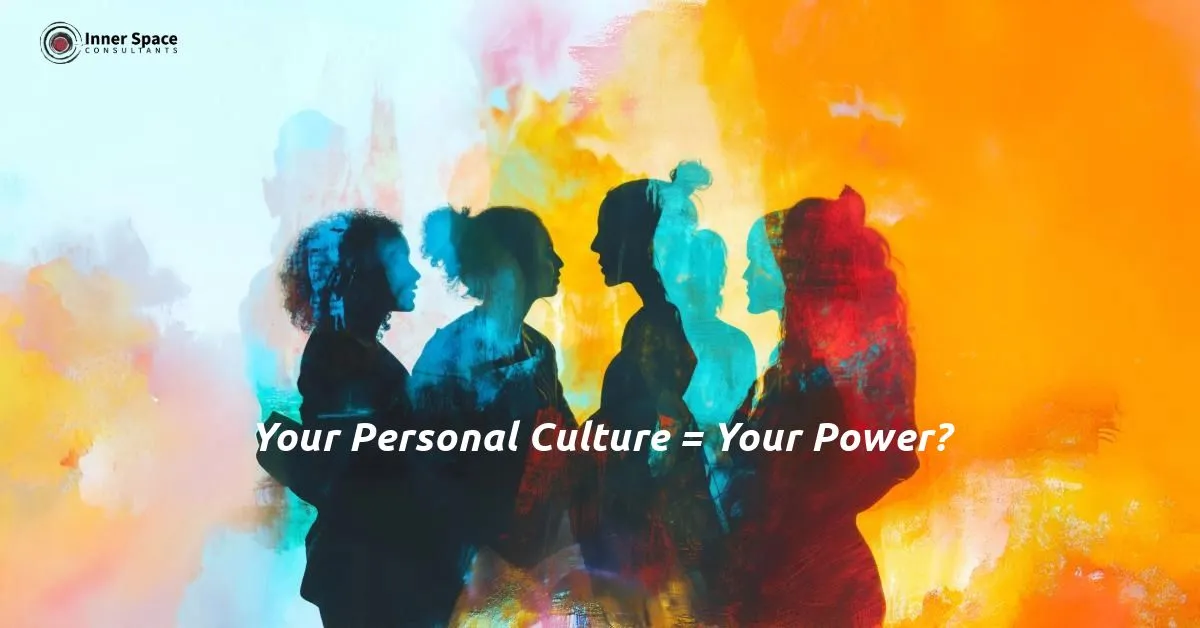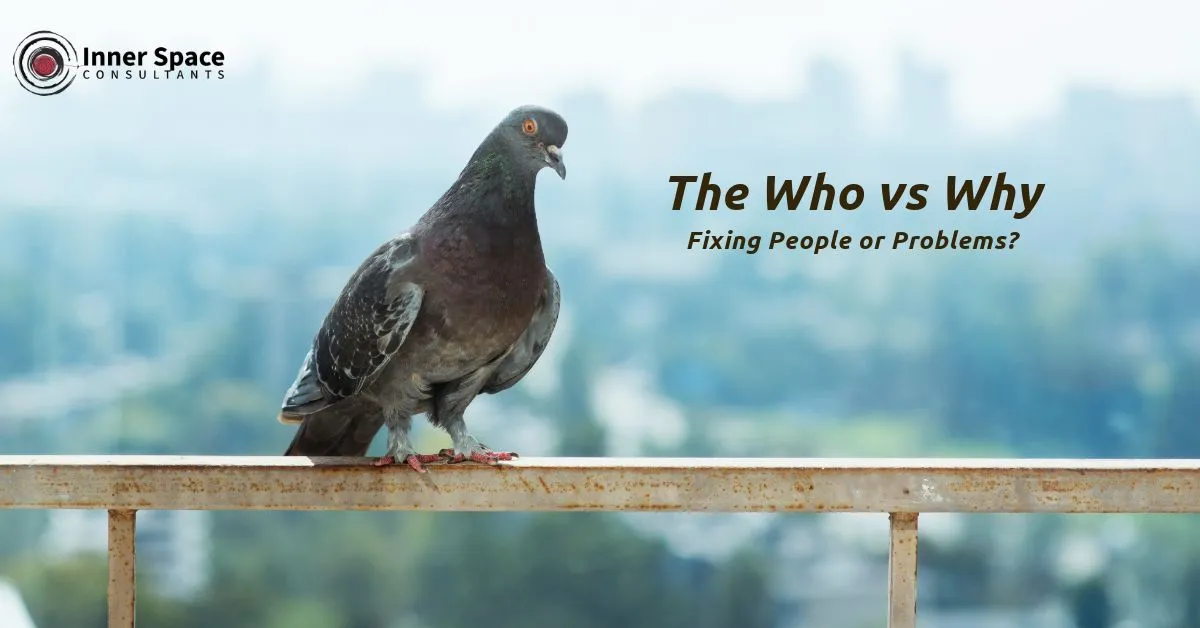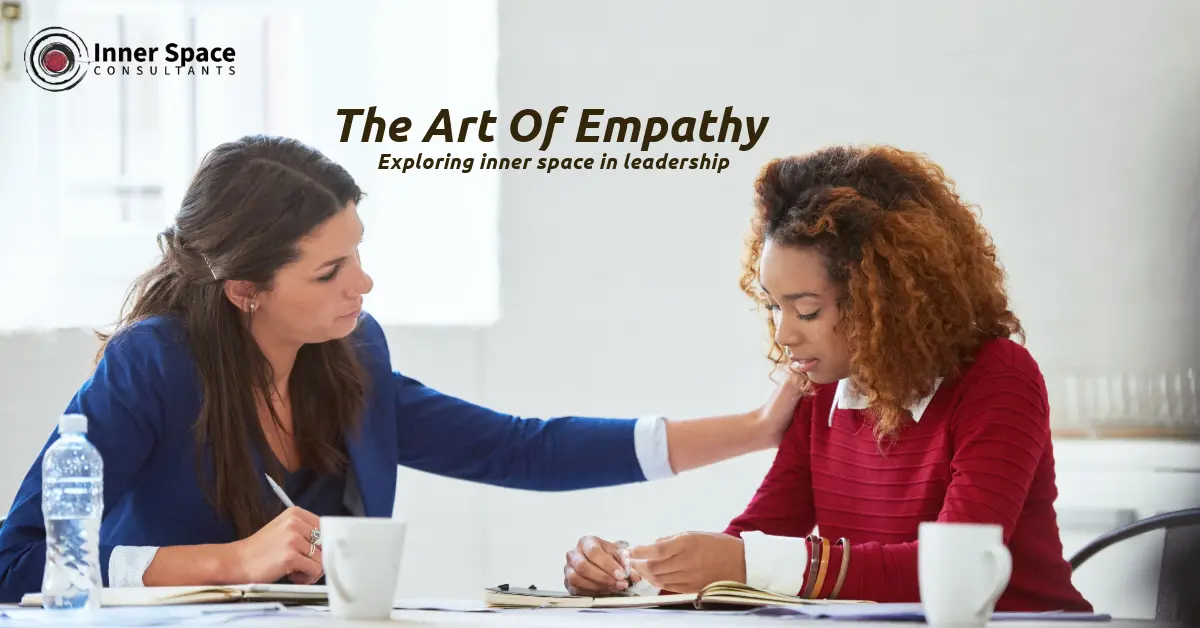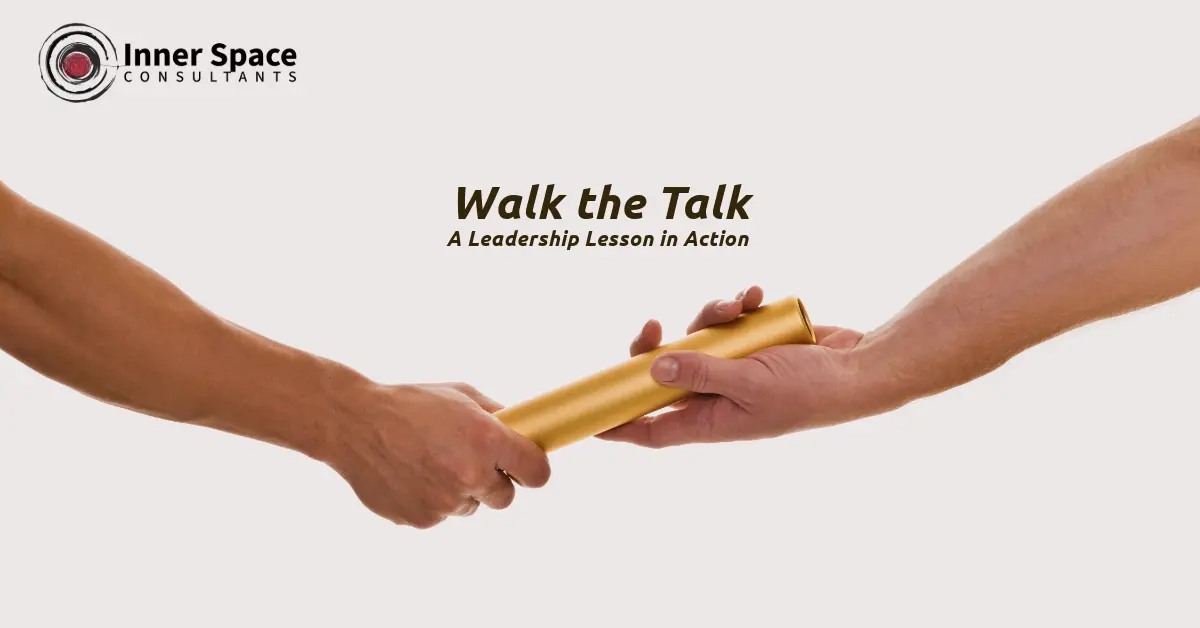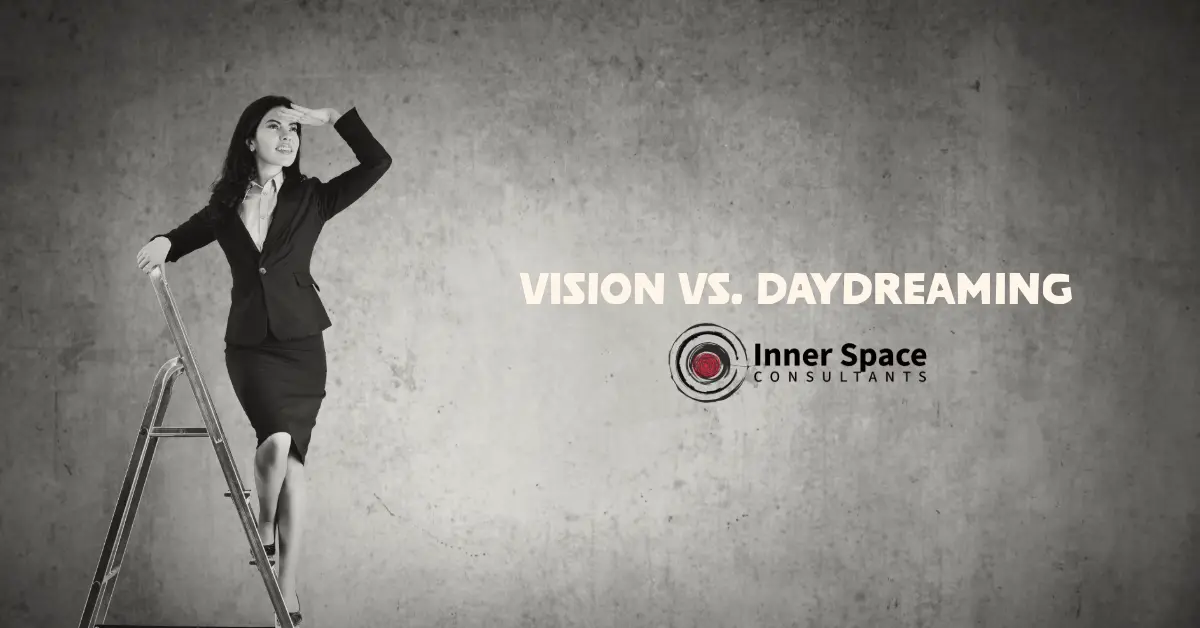Introduction: In the realm of human resources, we often encounter a common phenomenon: the quick judgment of individuals based on brief interactions. This article explores how our personal biases can influence hiring decisions and workplace evaluations, and why embracing diversity is crucial for organizational success.
- The Pitfall of Snap Judgments in Recruitment
Recruiters and managers frequently make decisions about candidates within seconds of meeting them. Often, we hear phrases like, “They won’t fit our culture.” But what does this really mean? More often than not, it reflects the manager’s personal comfort level rather than an objective assessment of the candidate’s potential contribution to the organization.
- The “Too Smart” Syndrome
Another common refrain in recruitment is dismissing candidates as “too smart for our organization.” This statement often masks an underlying insecurity – the fear of managing someone perceived as more intelligent. Consequently, some managers may inadvertently build teams of individuals they find less challenging to lead, potentially limiting the organization’s growth and innovation.
- The Danger of Labeling Employees
Post-hiring, managers sometimes fall into the trap of categorizing employees into simplistic groups – good, bad, or difficult. Labels like “last-minute person” or “introvert” are often misused and misunderstood. For instance:
- “Last-minute” individuals might be thorough explorers of alternatives, taking more time to deliver comprehensive results.
- Introverts in sales or HR roles may excel due to their strong listening skills, potentially leading to better customer understanding and increased sales.
- Understanding Personal Preferences vs. Job Capabilities
It’s crucial to recognize that an individual’s personality preference doesn’t necessarily dictate their job performance. An introvert can be an excellent salesperson, just as an extrovert can excel in detailed, solitary work. The key is to focus on skills and results rather than preconceived notions about personality types.
Conclusion: Our judgments about others often stem from our own beliefs and standards. As HR professionals, it’s vital to recognize and mitigate these biases. By understanding that people think and act differently, we can create a more inclusive workplace that values diversity. Remember, different doesn’t mean better or worse – it simply means diverse, which can be a significant strength in any organization.
